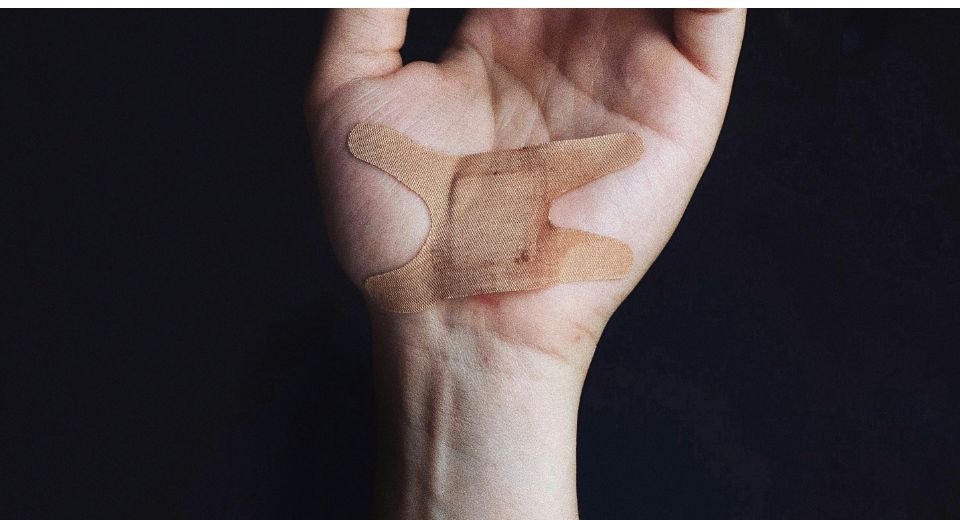HQ Team
April 8, 2024: A study commissioned by the Environmental Health News and consumer watchdog site Mamavation, found that many bandage brands contain per- and polyfluoroalkyl substances (PFAS), also known as forever chemicals.
Of the 40 bandages tested, nearly 68% tested positive for the harmful chemicals. PFAS have been linked to an increased risk of certain cancers, decreased fertility, high blood pressure, hormonal disruption, high cholesterol, and a compromised immune system. The chemicals are also found in common products, including food packaging, adhesives, carpeting, clothing, cleaning products, shampoo and cosmetics. They are also widespread in the water supply and food chain, and even in the rain.
Almost all humans carry some traces of these chemicals in their bloodstream. Cleaning products used in our homes and personal care products, including sanitary pads and cosmetics are a source of contamination of humans. The U.S. Centers for Disease Control and Prevention (CDC) and the National Institute of Environmental Health Sciences report that 97% of Americans have PFAS in their blood.
Fluorine in PFAS
The tested samples were found to contain organic fluorine, which is found in PFAS and is easy to detect. A positive result for fluorine indicates the presence PFAS.
Bandages, typically have two parts: the absorbent pad, which goes directly over the wound, and adhesive flaps. PFAS chemicals are sometimes added to the pads of bandages to help resist moisture, and to the flaps as an adhesive ingredient. Both were tested by the lab for fluorine levels at or exceeding 10 parts per million (ppm).
“Because bandages are placed upon open wounds, it’s troubling to learn that they may be also exposing children and adults to PFAS,” Linda Birnbaum, scientific reviewer of the testing and Scientist Emeritus and Former Director of the National Institute of Environmental Health Sciences and National Toxicology Program, said in a statement.
“Ten parts per million is the limit of detection, and that’s a large amount,” says Terrence Collins, professor of chemistry at Carnegie Mellon University and one of the scientists involved in the study. “We know that with endocrine disruption, there is no safe dose. They fiddle with hormonal control.”
Brands in the dock
Out of the 40 brands tested, 26 had fluorine levels ranging from 10 PPM to 374 PPM. Of 16 bandages manufactured in black or brown skin tones for people of color, 10 fell into that contamination range.
Among the products that fared the worst were BAND-AID OURTONE Flexible Fabric BR65 Bandages, which weighed in at the peak of 374 PPM on the adhesive portion and 260 PPM on the absorbent pad. Bandages on the lower end of fluorine contamination included BAND-AID Water Block Tough Strips, at 13 PPM on the flaps and nothing detected on the pad; and CVS Gentle Fabric Hypoallergenic Bandages, with 10 PPM on the pad and fluorine-free flaps.
While the pad, which makes direct contact with an open cut, would seem to present the greater contamination danger, mere contact with the skin via the adhesive flaps may be enough to allow PFAS to leach into the body, says Collins. “You have to assume that the body will have an affinity for a multitude of PFAS compounds.”
Regulators are tightening norms on the use of PFAS. Regulatory bodies are trying their best to limit their usage But they are already ubiquitous in the environment. “Once you make them, you can’t just crack a whip and call them back,” says Collins.





